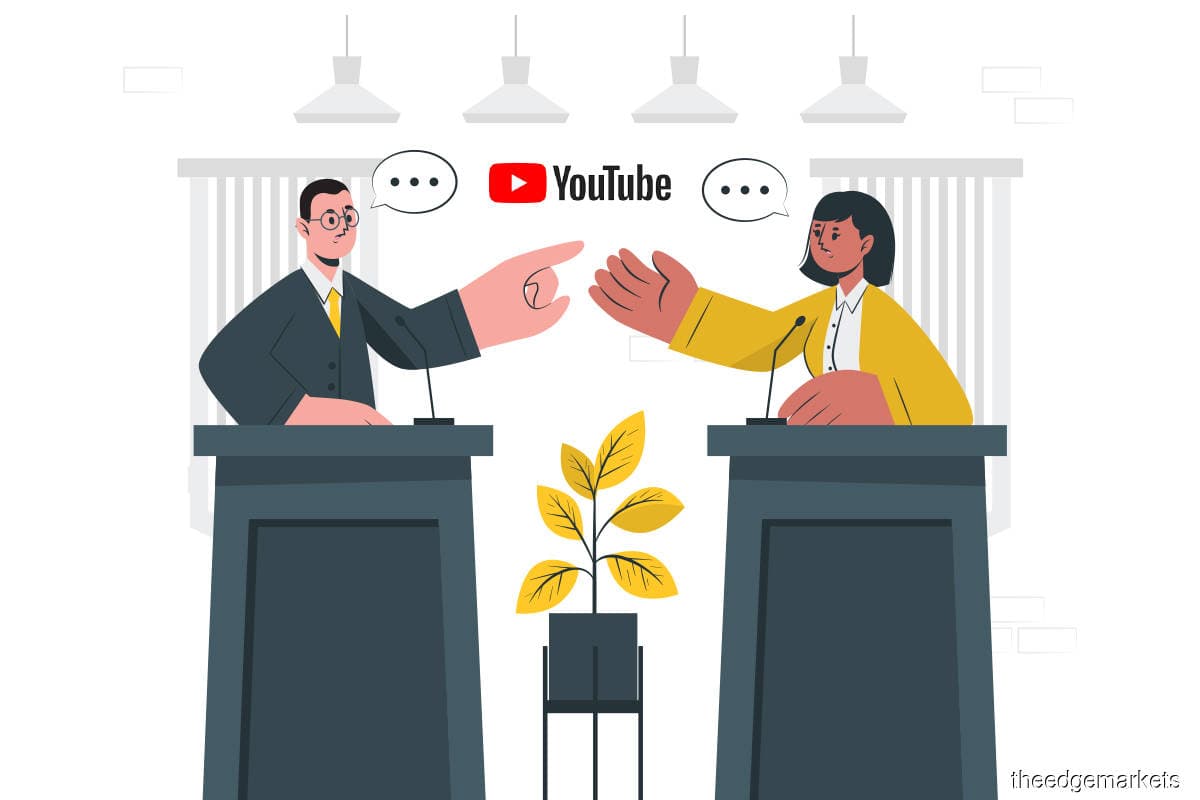
This article first appeared in Digital Edge, The Edge Malaysia Weekly on May 31, 2021 - June 6, 2021
Just a few months ago, my partner and I had a heated argument over a matter so simple that it seems ridiculous in hindsight — is YouTube an educational platform?
Our stances were clear.
I thought it was, and the increased reliance on educational YouTube channels among students during the pandemic only strengthened my stand.
My girlfriend, however, disagreed strongly, saying that YouTube is first and foremost an entertainment platform and not an alternative to proper learning methods.
“If the method does not involve taking notes, conducting research and completing exercises, it does not constitute studying,” she maintained in a firm tone, secure in her years of teaching experience against my few years as a journalist, writing a couple of stories on edutech.
Although I may have lost that argument (I always do), I grew personally attached to my stance because I am a direct beneficiary of the educational side of YouTube. Before becoming a writer, I was a filmmaker by trade, and YouTube played an essential role in the development of my skills.
Having all the time in the world, my teenage band of film-loving misfits were thrust into the YouTube rabbit hole of recommended videos. We consumed years worth of content, ranging from tutorials, tips and tricks and product reviews to niche videos such as director interviews and artsy short films.
Filmmaking is an ever-changing technical and creative venture and these YouTube videos served faithfully as my metaphorical mentor and a great source of inspiration well into my university days and videography freelancing career.
What further cemented my faith in YouTube was just how boring conventional education was: the droning lectures, the slow-paced tutorials, and this too, when I was doing a so-called exciting degree like broadcasting. I can only imagine what it was like for those taking other, less fascinating courses.
Broadcasting was supposed to be a highly hands-on and practical industry field but the ineffective methods of formal education contributed little to my filmmaking pursuits.
Comparatively speaking, these YouTube videos were way more concise and information dense. I was able to pause and play, speed up or slow down, and even repeat the video several times to fully comprehend the subject matter. Not only that, it was far easier to search for content suited to my skills level.
After singing praises of YouTube and its wonders, my partner rolled her eyes at me. She then proceeded to destroy my carefully thought-out arguments with a single stroke: she showed me what a typical teenager’s YouTube feed looks like.
I was treated to tab upon tab of gaming streams, celebrity gossip, K-pop videos and mindless clickbait content. What shocked me the most was the view count on these videos, which extended to the tens of millions, dwarfing the view count of most educational YouTube content. The latter barely chalked up a million views.
Who was watching? I scrolled through the comments. It was obvious that most of them were children and teenagers from their religious use of emojis and their hyperbolic language.
I dug further. Some YouTube influencers, in their efforts to be helpful, displayed their audience analytics and there too, I found that a large chunk of the massive view counts were powered by a relatively young audience.
“Jotham, this is what children are watching nowadays — not some old Photoshop tutorial from three years back,” she pointed out triumphantly. In the face of such overwhelming evidence, I timidly conceded defeat.
To me, it was a stark reminder that YouTube’s benefits rarely extend beyond the user’s search terms. And that in terms of practical usage, it is ultimately an entertainment platform that has the capacity to be educational, should you so choose. It is not so different from how we do not take TikTok influencers seriously when it comes to financial or life advice.
But wait just a minute. I am a real-life embodiment of YouTube’s capacity as an educational tool. I mean, I can’t deny the benefits it has brought to my life. So my partner and I, argument over, decided to work together to see how users of all ages can leverage YouTube as a platform and stretch its educational capacity.
Here is a summary of our conclusions:
Save by subscribing to us for your print and/or digital copy.
P/S: The Edge is also available on Apple's AppStore and Androids' Google Play.